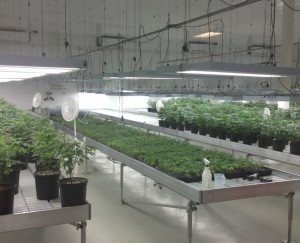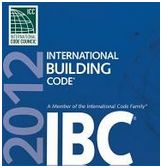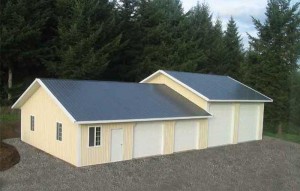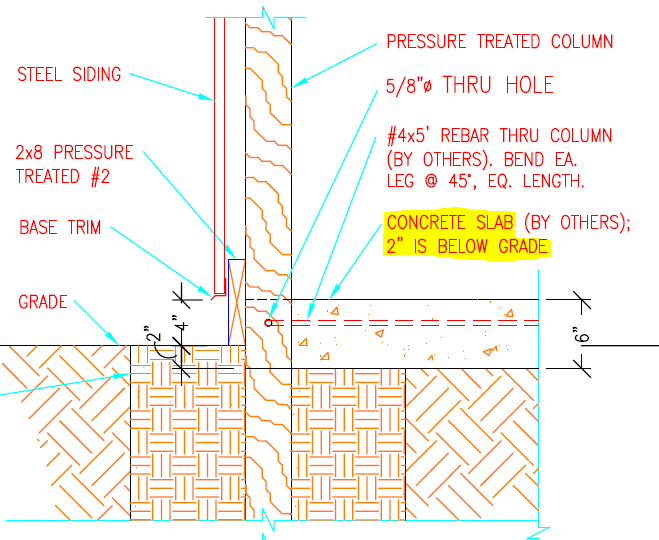Back in my M & W Building Supply days in the 1980’s, we had a client buy a building from us which was fully enclosed and had no doors. We joked about the building perhaps being planned to be used for a (at the time illegal) marijuana grow barn, as well as what sort of a tunnel the client would construct to get into the building.
About a year later, we had a call from our friendly local U.S. Treasury agent, asking about whether this client had paid in cash (he wrote us checks) for his new building.
Well, it turns out the building actually WAS a marijuana grow barn and he DID have a tunnel to access it! Sometimes truth is stranger than fiction.
With the legalization of recreational marijuana in several states now (as of this writing Colorado, Washington, Oregon and Alaska) has come professionally designed and managed marijuana grow operations. Post frame (pole) buildings are ideal for the marijuana grow industry as they offer a tremendous value for the investment (lower price per square foot than any other permanent structure), can be erected quickly as well as by the building owner and afford security for valuable crops.
We’ve been involved in the design and delivery of numerous marijuana grow barns in the past few years and one thing is common about every project – they have all been different!
I’ve quizzed out a few of the owners of these operations, trying to find someone who will step up and share the secrets of designing the absolutely (or as close to it) perfect marijuana grow barn. It has become apparent to me these “secrets” are like my son’s favorite fishing holes – if we told you, we would have to kill you!
 Indoor marijuana grow facilities are the most common and by utilization of post frame construction, the easiest to construct. They work in any climate and can be any size which will legally fit on the property and be within the operator’s budget. They do require a lot of energy consumption to maintain proper lighting, temperature and humidity to yield an ideal return on the investment.
Indoor marijuana grow facilities are the most common and by utilization of post frame construction, the easiest to construct. They work in any climate and can be any size which will legally fit on the property and be within the operator’s budget. They do require a lot of energy consumption to maintain proper lighting, temperature and humidity to yield an ideal return on the investment.
From my research, it appears a mature plant will require approximately four square feet of growing space, will yield about $1000 of mature crop with a growth cycle of two months. Based upon the above, if only 50% of the footprint of a building is actually utilized for growing, a gross return of somewhere in the neighborhood of $750,000 per 1,000 square feet of floor space appears to be achievable. This sort of lucrative return is what has many leaping to become happily involved. It also makes the turnaround time for beginning of project to utilization critically important, which is where post frame construction shines, as a 5,000 square foot building can go from concept to being dried in, in under 60 days (barring unforeseen issues with planning and zoning folks).
Temperature
Marijuana grown indoors functions better at moderate temperatures between 70 and 75 (all temperatures are in degrees Fahrenheit) during the light period and a drop of no more than 15 during the dark period. Carbon dioxide enriched plants will produce more at a marginally higher temperature of just under 80.
If the temperature drops below 60 during the dark period, plants will grow more slowly and yields will not be as abundant. This won’t be readily apparent if you aren’t particularly familiar with the operation’s normal output. A few nights of cool temperatures won’t significantly damage your crop, but if it continues to occur throughout the flowering period, it can definitely be cause for concern.
If the floor can have a steady temperature at around 80, the roots will be warmed and the stems and leaves will withstand influxes of colder air.
Most plants can withstand high temperatures if they have a large root system which can bring up an adequate amount of water to keep the plant comfortable during transpiration. During vegetative growth, temperatures which extend into the 80’s and 90’s can produce elongated stems. During flowering, it can produce airy buds.
For indoor plants, you can lower the temperature with ventilation, air conditioning, or by using air- or water-cooled lights which eliminate heat. Just to be clear, it isn’t the temperature in the aisles of a room which you need to worry about; it’s the temperature directly under the lights at the plant canopy level on which you need to focus your attention. Another great way to keep the temperature lower in an indoor grow room is with a LED grow lights.
Check back in tomorrows blog for Part II of Marijuana Grow Barns










Here in Oregon we have needed to address condensation control differently because of the large amount of water needed for the plants.
Gut instinct tells me anywhere plants of this size and volume are being grown indoors is going to present challenges for controlling condensation. I’d be interested in hearing ideas of how you and others are dealing with humidity.